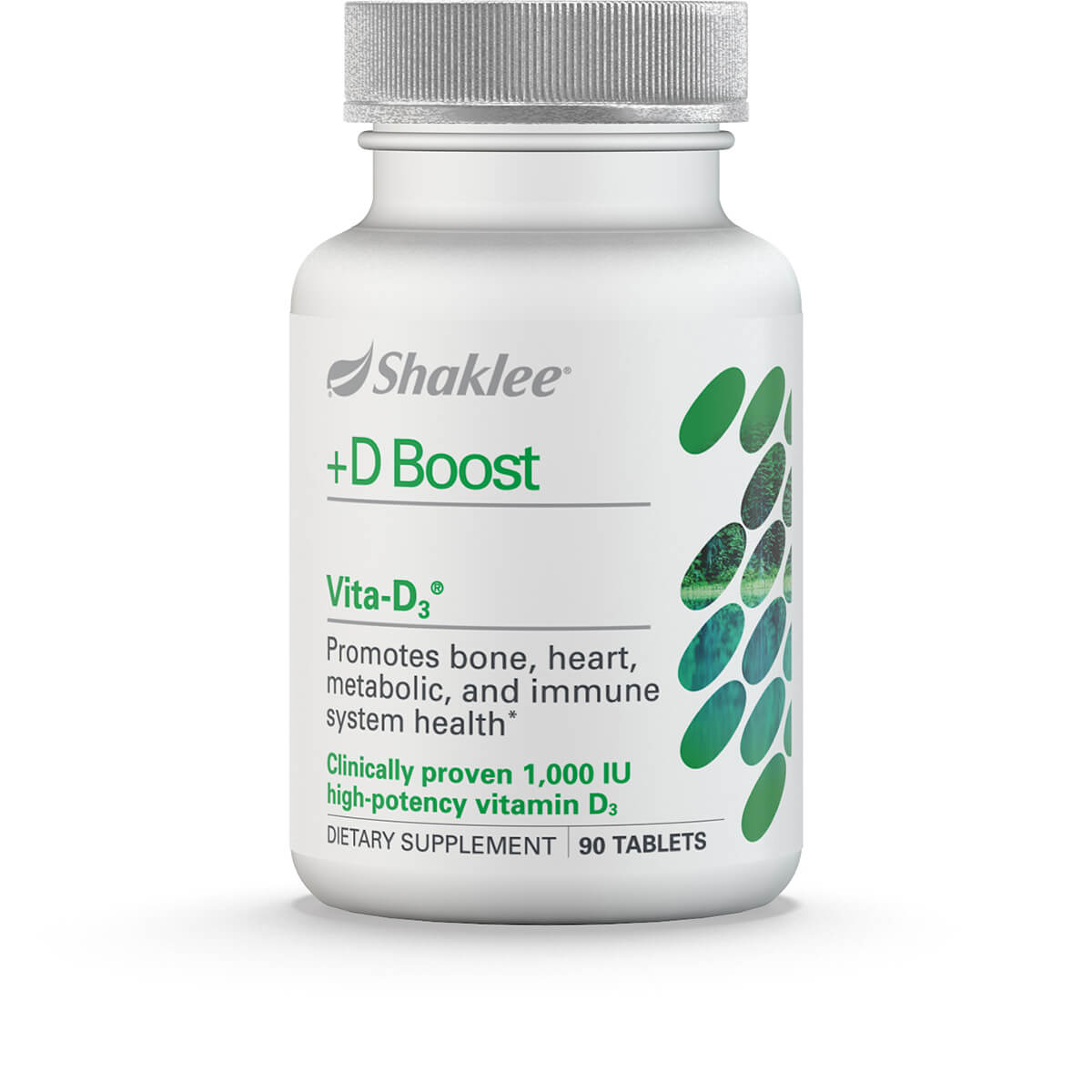The Landmark Dietary Supplement Study:
Usage patterns, health, and nutritional status of long-term multiple dietary supplement users: a cross-sectional study
Gladys Block, Christopher D Jensen, Edward P Norkus, Tapashi B Dalvi, Les G Wong, Jamie F McManus and Mark L Hudes.
Nutrition Journal 2007,
6:30doi:10.1186/1475-2891-6-30
Published 24 October 2007
Abstract (provisional)
Background
Dietary supplement use in the United States is prevalent and represents an important source of nutrition. However, little is known about individuals who routinely consume multiple dietary supplements. This study describes the dietary supplement usage patterns, health, and nutritional status of long-term multiple dietary supplement users, and where possible makes comparisons to non-users and multivitamin/mineral supplement users.
Methods
Using a cross-sectional study design, information was obtained by online questionnaires and physical examination (fasting blood, blood pressure, body weight) from a convenience sample of long-term users of multiple dietary supplements manufactured by Shaklee Corporation (Multiple Supp users, n=278). Data for non-users (No Supp users, n=602) and multivitamin/mineral supplement users (Single Supp users, n=176) were obtained from the National Health and Nutrition Examination Survey (NHANES) 2001-2002 and NHANES III 1988-1994. Logistic regression methods were used to estimate odds ratios with 95% confidence intervals.
Results
Dietary supplements consumed on a daily basis by more than 50% of Multiple Supp users included a multivitamin/mineral, B-complex, vitamin C, carotenoids, vitamin E, calcium with vitamin D, omega-3 fatty acids, flavonoids, lecithin, alfalfa, coenzyme Q10 with resveratrol, glucosamine, and a herbal immune supplement. The majority of women also consumed gamma linolenic acid and a probiotic supplement, whereas men also consumed zinc, garlic, saw palmetto, and a soy protein supplement. Serum nutrient concentrations generally increased with increasing dietary supplement use. After adjustment for age, gender, income, education and body mass index, greater degree of supplement use was associated with more favorable concentrations of serum homocysteine, C-reactive protein, high-density lipoprotein cholesterol, and triglycerides, as well as lower risk of prevalent elevated blood pressure and diabetes.
Conclusions
This group of long-term multiple dietary supplement users consumed a broad array of vitamin/mineral, herbal, and condition-specific dietary supplements on a daily basis. They were more likely to have optimal concentrations of chronic disease-related biomarkers, and less likely to have suboptimal blood nutrient concentrations, elevated blood pressure, and diabetes compared to non-users and multivitamin/mineral users. These findings should be confirmed by studying the dietary supplement usage patterns, health, and nutritional status of other groups of heavy users of dietary supplements.
Author Affiliations:
- Gladys Block
PhD, School of Public Health, University of California, Berkeley, CA
- Christopher D. Jensen
PhD, MPH, School of Public Health, University of California, Berkeley, CA
- Edward P. Norkus
PhD, Department of Medical Research, Our Lady of Mercy Medical Center, Bronx, NY
- Tapashi B. Dalvi
MPH, School of Public Health, University of California, Berkeley, CA
- Les G. Wong
BS, Shaklee Corporation, Pleasanton, CA
- Jamie F. McManus
MD, Shaklee Corporation, Pleasanton, CA
- Mark L. Hudes
PhD, Nutritional Sciences, University of California, Berkeley, CA

















